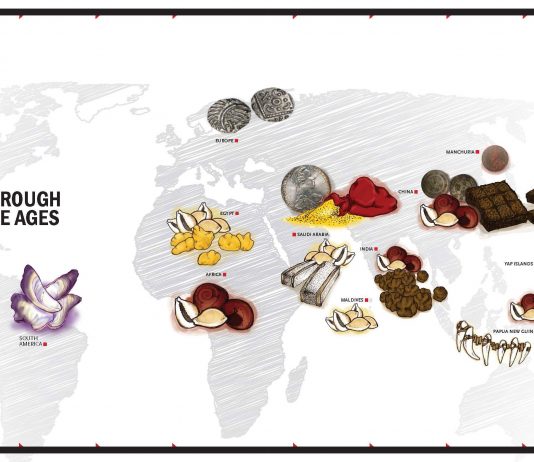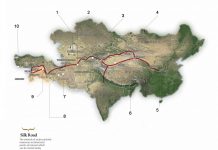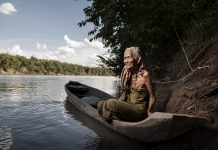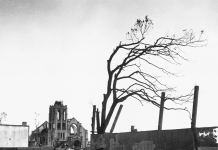Suspended in Time: A Life of Devotion
Text & Photos by Angelia Tan
It’s an old island here in Koh Samui. Situated on the east coast of Thailand, the history told takes...
10 Places to Visit on the Modern Silk Road
The Silk Road is one of the most famous trade routes across Asia. Used by Chinese and middle-eastern merchants to travel and trade for...
The Village and the Dam
In recent years, China’s enthusiasm for dam building has spilled over into Southeast Asia. Hydrolancang – a Chinese state-owned enterprise already responsible for no less than seven out of 28 dams in the upper Mekong region – began to construct its very first overseas hydroelectric project in 2013, the Lower Sesan 2 (LSS2) Dam in Stung Treng province of northern Cambodia. The $800 million project, located about 100 kilometres south from the border with Laos, is among the most controversial and destructive in recent years.
King Tamar, the Caucasian Queen
In a world dominated by men, and where education, political power and military strength – all the preserves of men – were the most highly prized of attributes, any ruler who possessed them would be a king. Now and then however, history throws a curve ball. King Tamar was a woman and a great one too.
Spices: Roots and Routes
Text and images by Shreya Gopi
Not only has Asia been the origin of several spices, but these treasure troves have also travelled all over...
Treasures of Asia: The 5 Most Popular Gemstones in Asia
Text by Tay Thye Sun and Rachel Kwek. Photos by Tay Thye Sun and ShutterstockThe infinity stones that make up the infinity gauntlet might...
The Way of the Gods
Shinto is ‘the way of the gods’ and, just as it is for many mortals, sumo wrestling is a favourite pasttime. For nearly 2,000 years, sumo wrestlers have performed their martial art, first in intimate shrines, and then in stadiums before thousands of spectators. At least as early as the 3rd century AD, the wrestlers would perform complex rituals to purify both their body and their spirit, and then fight for the entertainment of the gods during the matsuri (religious festivals). It was a sacred act of ritual, not a sport.
Hibaku: The Witness Trees of Hiroshima
Almost 200 trees survived the direct effects of the Hiroshima atomic blast on August 6, 1945, and are now called hibaku jumoku – the survivor trees.










